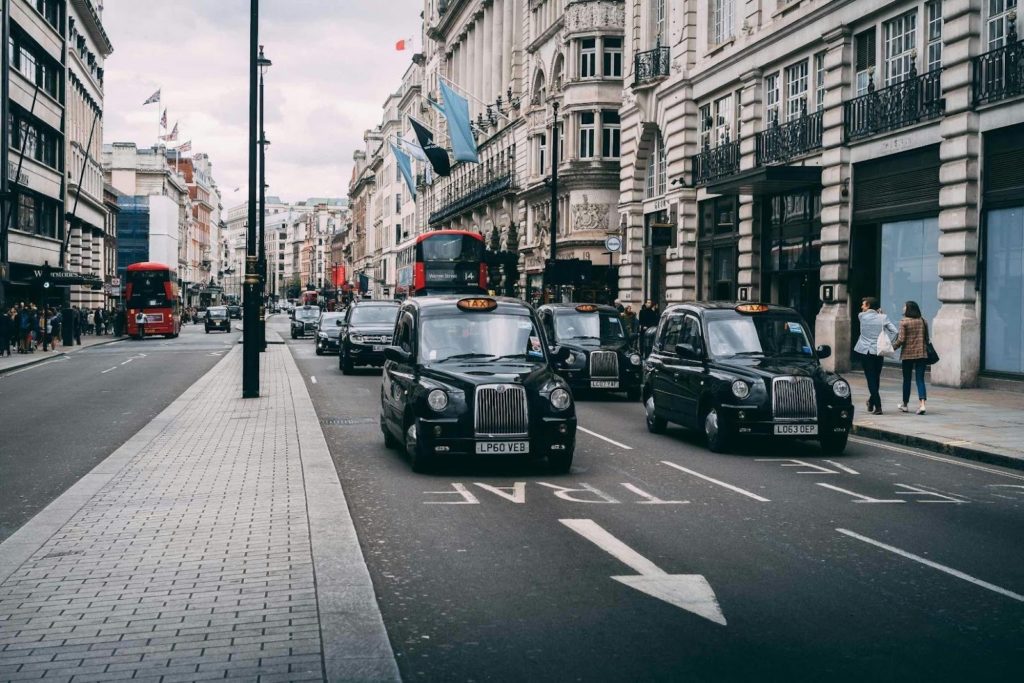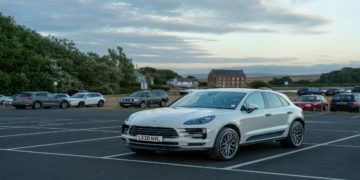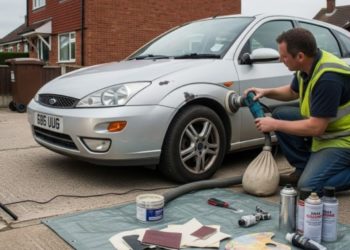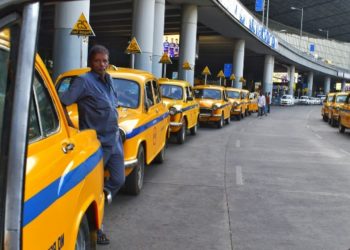Driving around London is not for the faint of heart, especially during peak traffic. Between paying the congestion charge in the Central zone and managing yellow box junctions, some people may consider switching to public transport to avoid the constant traffic and stress.
Unfortunately, these are the causes of road casualties, which put London at the top of the list as the most dangerous city to drive in the UK. In addition, inexperience, distraction, and speed demonstrate behaviours that make the city unsuitable for driving.
The many accidents here can be easily resolved with the help of an advisor specialising in car accident cases. Those who have been injured due to another road participant’s negligence can get in touch with No Win No Fee Solicitors Co office in London, who can help in getting the compensation deserved to cover the costs for the injuries and car repair.
Still, for those who need to drive around London, what would be the ideal vehicle that offers safety and a fast commute?

Image source: https://unsplash.com/photos/vehicles-on-road-between-buildings-LxEJv_Nm_Fs
Understanding London’s road challenges
As a pedestrian, you may not be able to assess how stressful it is to drive around London. However, if you find yourself in the position to need a car to commute or simply because the job requires it, it’s best to get a glimpse of the road structure. The key considerations include:
- Red routes are designed to keep traffic moving, where stopping is not allowed;
- Yellow box junctions that prevent vehicles from blocking intersections on busy streets;
- Charging and low-emissions zones where you have to pay to enter;
For example, the congestion charge covers areas from Marylebone across to Shoreditch, continuing to Victoria, and costs £15 per day. On the other hand, the London Ultra Low Emission Zone (ULEZ) requires £12.50 for cars that don’t meet the standard of at least Euro 4 emissions and Euro 5 for diesel models.
Getting the ideal car for London
Given the high risk of getting stuck in traffic or lost on London’s streets, a small car is ideal. Not only might you find parking spaces easier, but a small vehicle is also easier to get around other cars in traffic. On the other hand, bigger cars are more likely to cause or contribute to accidents than smaller ones. That’s because in crashes, victims are sure to get crushed under their own weight. In addition, you might not be able to see children walking in front of you in taller vehicles, which are often larger as well.
On the other hand, some of the best vehicles for city driving and commuting include the following:
- The Renault Clio has a smart interior packed with equipment and comes with practical boot features. However, it might not be suitable for taller adults in the rear seats;
- Renault 5 has a great infotainment system and the pricing is often affordable, but you may find cheaper vehicles with similar features, like the Fiat Grande Panda Electric;
- Honda Jazz has a spacious interior with flexible rear seats and an efficient engine, but it tends to be pricier by small car standards and is not the quietest cruiser;
- Hyundai Inster also comes with a surprising amount of interior space and a competitive electric range, but can be slightly sluggish at higher speeds;
- The Skoda Fabia is a classic city car, with a roomy interior, clever features, and a huge boot. Still, the entry-level engine is only suited to town driving;
Choosing between an electric and a petrol-powered car
The differences between electric and traditional vehicles are also important to consider when choosing a car for the city. When it comes to commuting, an electric car is best because it’s more practical and has much lower total running costs over the years than traditional vehicles. Moreover, an electric car is a sustainable and preferred option for the city, where the average levels of carbon dioxide from fuel-based cars degrade air quality.
However, it is known that the upfront costs of an electric car are usually what keep people from switching to traditional ones. This might also apply to insurance or the service costs, but if you’re smart about it, you may be able to finance he vehicle.
Improving driving skills to prevent accidents
Driving around London is fairly difficult for people at all levels of experience, but beginners might feel pressured to stay consistent and always say ‘alert’. It’s important to understand that everyone makes mistakes when driving, and minor ones can be corrected or addressed to avoid an accident.
But anticipating hazards is the only way to survive on the streets of London. Keeping an eye out for pedestrians and cyclists is always a must, as they might cross roads from unexpected spots or even appear suddenly in front of the vehicle. This is especially true of electric vehicle drivers, whose sounds are almost imperceptible, leading to many accidents because people cannot hear them.
At the same time, understanding and adapting to the driving environment is a non-negotiable for safety. This means:
- Navigating intersections carefully and looking out for cars running red lights or even pedestrians crossing randomly;
- Being mindful of parked cars, since people can emerge from between them without warning, so slowing down around them is best;
- Practising defensive driving by staying patient in traffic and always planning your route as best as possible to avoid sudden lane changes;
Are you ready to master the streets of London?
Driving in busy cities like London is a challenge for everyone, from pedestrians and bicyclists to drivers themselves. The stress from the never-ending traffic and challenging road conditions can lead some people to give up driving. However, when necessary, it’s best to consider a smaller car, maybe even electric, and to practise good driving behaviours to prevent accidents.













































































